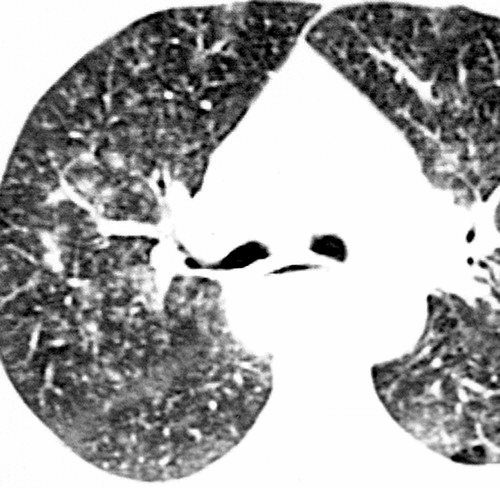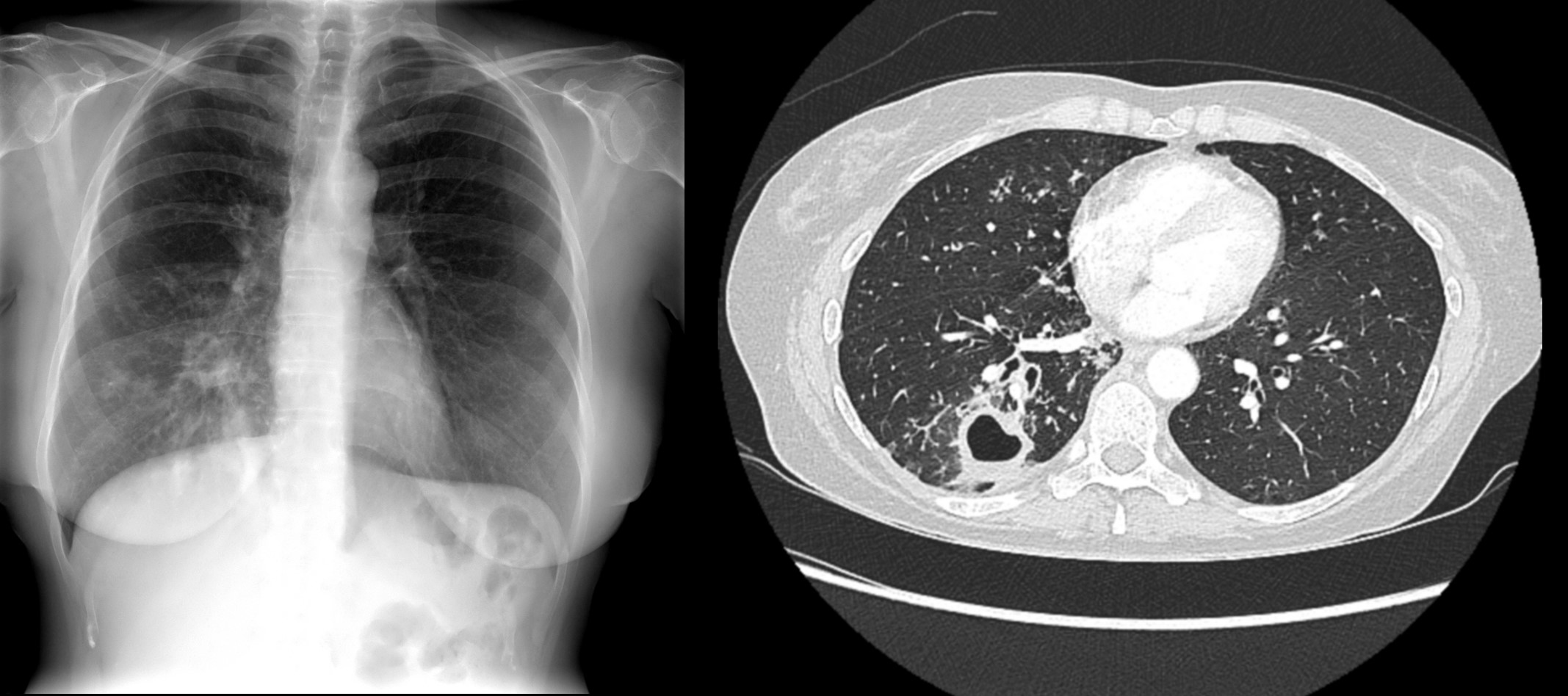tree in bud lesion
Centrilobular nodules with a linear branching pattern are consistent with tree-in-bud appearance in a patient with endobronchial spreading of post-primary tuberculosis. We investigated the pathological basis of.

Tree In Bud Pattern At Thin Section Ct Of The Lungs Radiologic Pathologic Overview Radiographics
The tree-in-bud sign on thin-section CT is characterized by well-defined small centrilobular nodules and linear opacities with multiple branching sites thus.

. The peculiarity of the case was that. In humans a CT tree-in-bud pattern has been described as a characteristic of centrilobular bronchiolar dilation with bronchiolar plugging by mucus pus or fluid. The tree-in-bud-pattern of images on thin-section lung CT is defined by centrilobular branching structures that resemble a budding tree.
These small clustered branching and nodular opacities represent terminal airway mucous. At examination with CT centrilobular lesions nodules or branching linear structures 2-4 mm in diameter were most commonly seen n 39 95. Tree-in-bud refers to small airway at the bronchiole level involvement of lesions resulting in expansion of the airway and infiltration of pathological substances into the tube.
Tree-in-bud TIB opacities are a common imaging finding on thoracic CT scan. The tree-in-bud sign is a nonspecific imaging finding that implies impaction within bronchioles the smallest airway passages in the lung. Post-mortem radiograph of patient with active pulmonary tuberculosis demonstrating tree-in-bud lesion boxed area with smooth marginated bronchiole tree and.
The tree-in-bud-pattern of images on thin-section lung CT is defined by centrilobular branching structures that resemble a budding tree. In the 26 patients. Typically the centrilobular nodules are 2-4 mm in diameter and peripheral within 5 mm of the pleural surface.
The tree-in-bud sign is a nonspecific imaging finding that implies impaction within bronchioles the smallest airway passages in the lung. Is a radiological sign that characterises abnormal filling and stretching of the bronchioles best seen in the periphery of. Tree-in-bud refers to a pattern seen on thin-section chest CT in which centrilobular bronchial dilatation and filling by mucus pus or fluid resembles a budding tree.
Tree-in-bud sign is not generally visible on plain radiographs 2It is usually visible on standard CT however it is best seen on HRCT chest. The Common Vein Copyright 2008. The connection to opacified or thickened branching structures extends.
The tree-in-bud-pattern of images on thin-section lung CT is defined by centrilobular branching structures that resemble a budding tree. 87 rows mid-bronchial lesion. Tree-in-bud sign refers to the condition in which small centrilobular nodules less than 10 mm in diameter are associated with centrilobular branching nodular structures 1 Fig.
Red bud lesions 766953. 87 rows The tree-in-bud sign indicates bronchiolar luminal impaction with mucus pus or.

Tree In Bud Appearance Ct Sign Sumer S Radiology Blog
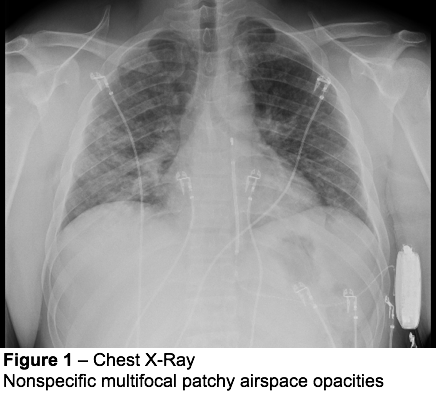
It Is Not Always Tuberculosis Tree In Bud Opacities Leading To A Diagnosis Of Sarcoid Shm Abstracts Society Of Hospital Medicine
View Of Tree In Bud The Southwest Respiratory And Critical Care Chronicles

Tree In Bud Pattern Semantic Scholar

Bronchial Obstruction In Developing Post Primary Tb The Tree In Bud Download Scientific Diagram

Co Rads 2 With Tree In Bud Sign A 27 Year Old Male Attended The Download High Quality Scientific Diagram

Causes And Imaging Patterns Of Tree In Bud Opacities Chest

Tree In Bud Pattern Of Pulmonary Tuberculosis On Thin Section Ct Pathological Implications Abstract Europe Pmc

Tree In Bud Pattern Semantic Scholar
View Of Tree In Bud The Southwest Respiratory And Critical Care Chronicles
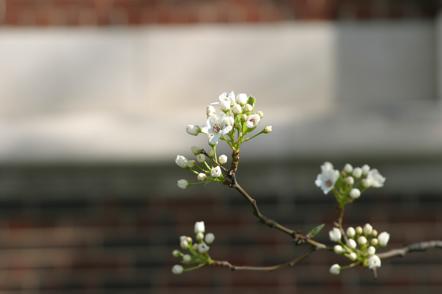
Tree In Bud Sign Lung Radiology Reference Article Radiopaedia Org
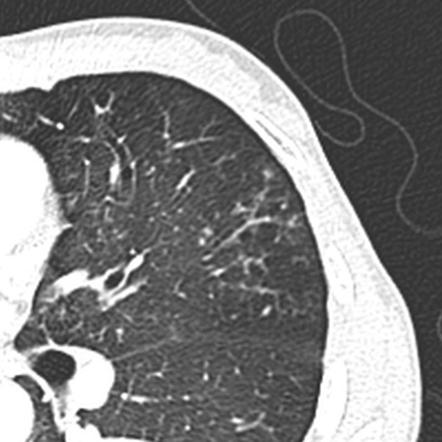
Tree In Bud Sign Lung Radiology Reference Article Radiopaedia Org
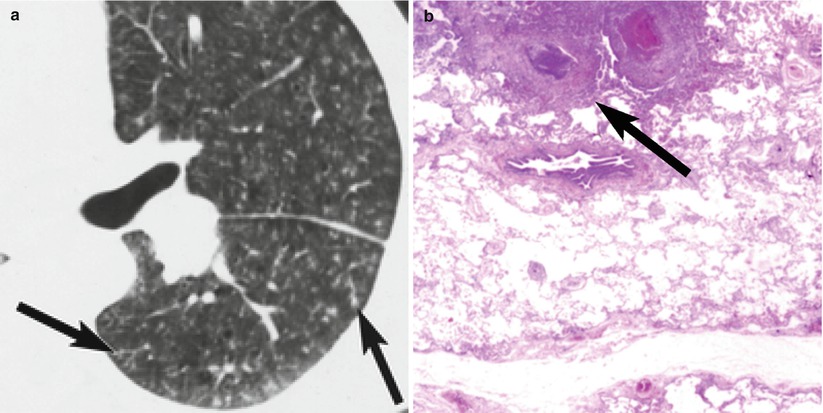
Tree In Bud Sign Radiology Key

Tree In Bud Pattern In Central Lung Cancer Ct Findings And Pathologic Correlation Sciencedirect

